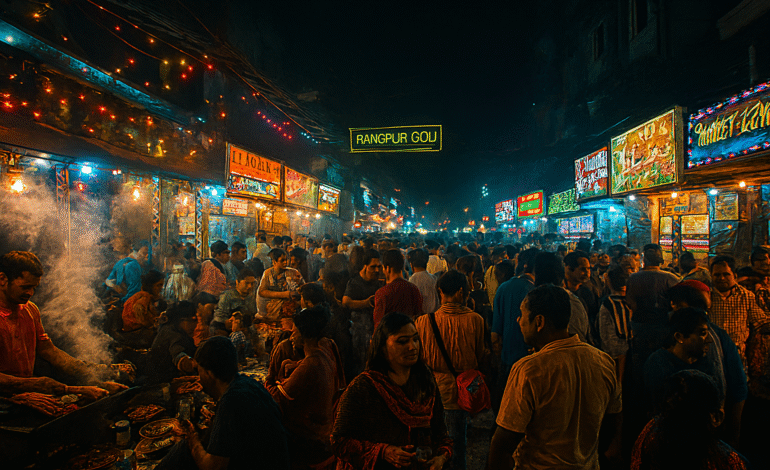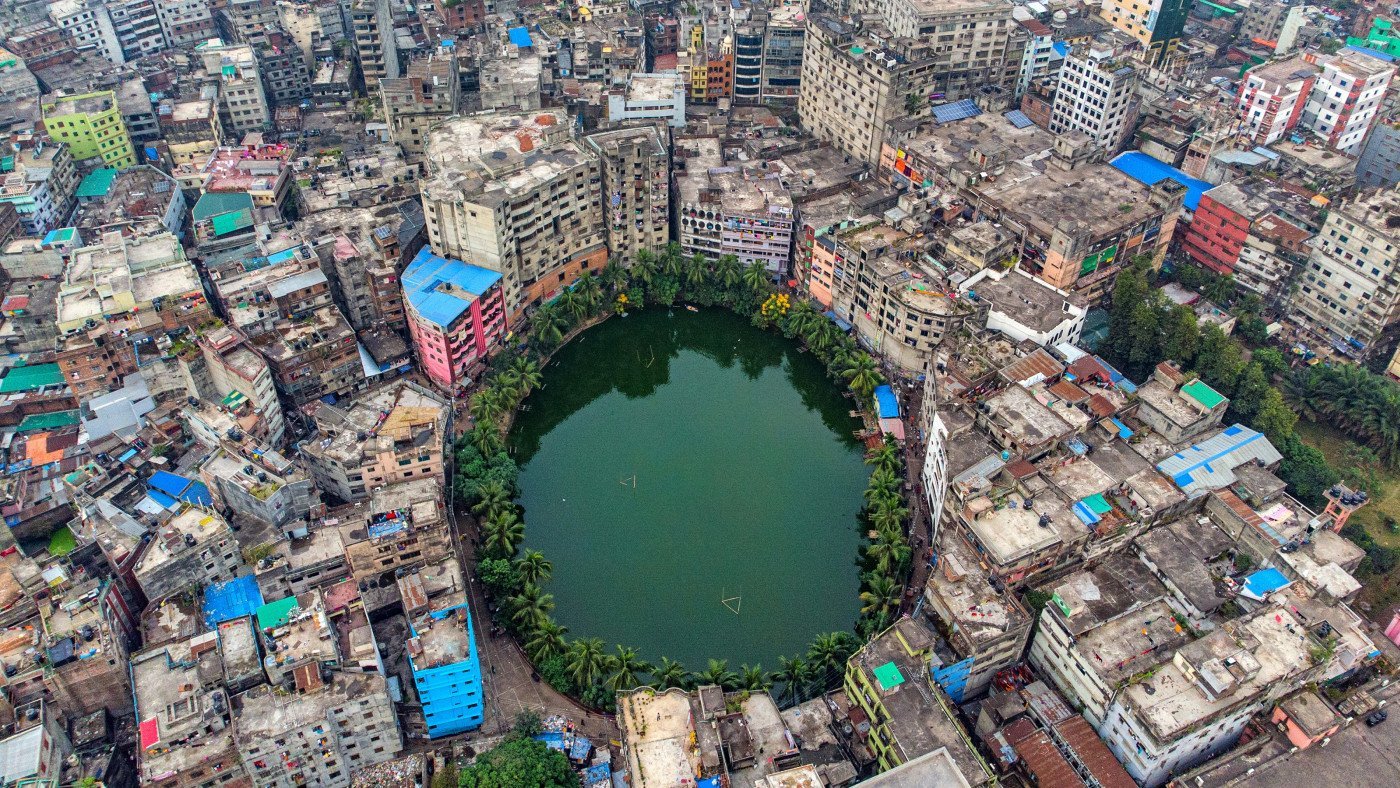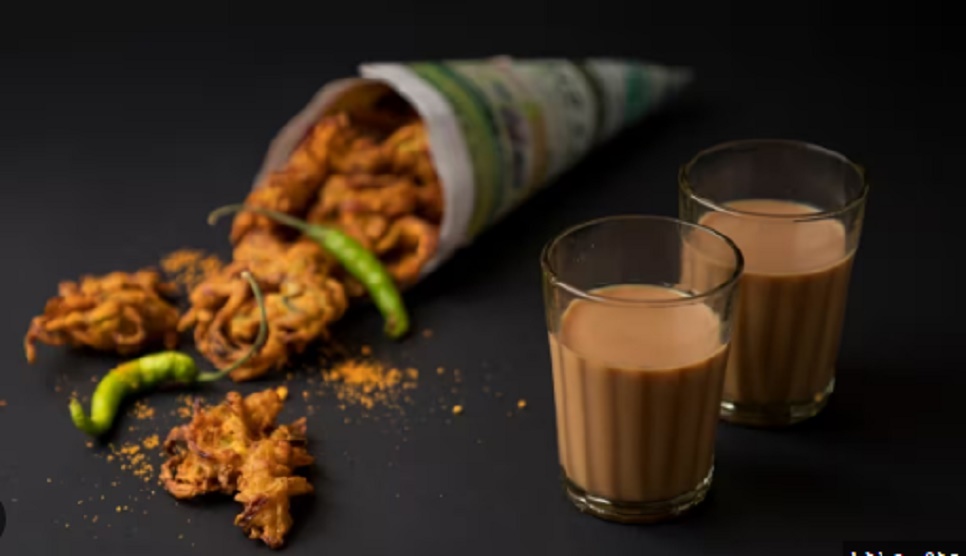Rangpur Goli: Gulshan’s Street Became a Foodie Magnet

Deep in the upscale neighborhood of Gulshan, Dhaka—among sleek houses, offices, and high-end restaurants—lies a narrow alley that surprises visitors after dark. Known as Rangpur Goli, this street food enclave has transformed from a modest tea stall into one of the city’s liveliest late-night gastronomic destinations. In the evenings, Rangpur Goli pulsates with aromas, crowds, and culinary energy, drawing food lovers from all over Dhaka.
From Tea Stall Beginnings to Street Food Hub
Rangpur Goli owes its name to a small but ambitious tea shop that opened about 15 years ago on Plot 17, North Gulshan 2. The founder, Abu Sayed Selim, hailed from Gaibandha and named it “Rangpur Tea Stall” (in reference to Rangpur Division). What began as a place for milk tea (priced at Tk 20) gradually expanded its offerings to include more than 30 varieties of tea, saffron or flavored blends, and seasonal fruit juice.
Over time, the tea stall became a hangout for students from nearby universities and for office workers seeking a casual spot after hours. The phrase “in front of Rangpur” began to signify that spot in conversations. As more people gathered in the area, the alley started informally being called Rangpur Goli.
But tea alone could not satisfy nighttime wanderers. The demand for affordable, hearty late-night food grew—and around 2023, the first kebab stall, Rater Kebab, opened in a modest tin-shed stall. Its founders, Masud Rana and Mohammad Nur Islam, already had experience in the grill business. They recognized the niche: Gulshan lacked a true street food scene, especially at night.
Why Rangpur Goli Becomes Alive After Dark
As daylight fades and the city’s formal life winds down, Rangpur Goli awakens. Offices close, fine dining spots settle, and the alley becomes a vibrant nocturnal hub. The footfall thickens after midnight, drawing food lovers not only from nearby Gulshan but across Dhaka.
One reason for its appeal is its sheer variety. Visitors can find everything from fuchka, chotpoti, kebab, chaap, and seafood, to tehari, pizza, noodles, singara, samosa, momo, and more. For dessert, Rangpur Goli offers juices, cakes, coconut pudding, ice cream, and other sweets.
What makes some stalls stand out is innovation and marketing. At Rater Kebab, ribs, tikka, shik kebab, and grilled fish are served. Two fans strategically placed above the grill help spread the smoky aroma further into the alley, attracting passersby. The menu includes BBQ tilapia, coral, rupchanda (prawn-like fish), chicken hariyali kebab, reshmi kebab, paratha, homemade sauces, and fresh salad.
The Viral Fuchka Mama stall became another major draw. Known especially for doi fuchka, the stall sees huge queues—on weekends, sales can hit Tk 80,000 to 90,000 in a night. Many customers have to wait 30–40 minutes just to get a plate.
Next to it is Gulshan Nehari Ghar, offering neharis, haleem, khichuri, tehari, duck, chicken, beef, and rice dishes. Both everyday meals and special, slow-cooked options are available. The owners say that while simple meals draw constant business, nehari remains a top seller.
Food Trucks, Car Kitchens & Entrepreneurial Spirit
Rangpur Goli’s growth is not limited to stalls. Some enterprising individuals have turned their cars into mobile kitchens. Car Khana is one such concept: the trunk is filled with ingredients, sauces, and garnishes. Customers can even bring their own chips and request flavoring—the “BYOB” (Bring Your Own Bag/Bowl) concept adapted locally.
Another entrepreneur sells homemade tehari and jali kebab. He alternates between daytime catering and nighttime operations at Rangpur Goli (about 9 pm to 2 am). His business, originally from Uttara, found receptive customers in the alley.
Regulation, Challenges & Support
Operating in a narrow alley late into the night is not without obstacles. There are concerns about police intervention, political harassment, or demands for payments. However, so far the operators have had relative ease. In one instance, police asked street vendors to leave. The new officer-in-charge (OC) of Gulshan Police responded by setting a rule: no stalls after 2 am. If vendors comply, he promised support and shared his emergency contact. The food sellers expressed gratitude for this understanding.
Though Rangpur Goli is informal, it has become a de facto nightlife hub in a neighborhood normally associated with upscale dining. Its growing popularity shows that even in affluent zones, there is demand for accessible, casual street food at late hours.
Social & Cultural Impact
Rangpur Goli is doing more than feeding people—it is shaping community life and social interaction in Gulshan. In a district known for glitz and corporate façades, the alley offers a space where people from different backgrounds mingle, linger, relax, and connect over food. It fosters small-scale entrepreneurship, especially for those who may not be able to launch full restaurants.
The lively, palette-rich environment of scents, sizzling grills, and queues gives Gulshan a distinct after-dark identity that contrasts with its daytime persona. It draws late-shift workers, students, creatives, and foodies alike—and in doing so, blurs the line between elite neighborhoods and street food culture.
What Makes Rangpur Goli Unique
Several factors contribute to its rise:
Authenticity & Variety: Unlike many curated “food court” areas, Rangpur Goli offers a raw, varied street food experience with multiple cuisines and flavors.
Affordable Late-Night Option: In a neighborhood where many restaurants close early or have higher check totals, Rangpur Goli fills a gap for affordable late-night dining.
Entrepreneurial Opportunities: The car kitchens, mobile setups, and small stalls allow low-barrier entry for food entrepreneurs.
Word-of-Mouth Growth: Its origin from a simple tea stall means growth was organic. Customers spread the word, creating a critical mass of patrons.
Community & Space Use: The alley turns into a social space at night, reclaiming urban space and making it lively and usable.
Prospects & Considerations
Rangpur Goli’s momentum suggests that with minimal formal support—regulation, infrastructure, lighting, waste management—it could grow even further. However, it needs careful handling:
Sanitation & Hygiene: As more food is prepared and consumed in close quarters, waste disposal, drainage, and cleanliness matter.
Regulatory Clarity: Vendors need guidelines on operating hours, permits, and rules to prevent crackdowns or interruptions.
Space & Crowding: The alley is narrow, so foot traffic and vendor density must be managed.
Safety & Lighting: Better lighting, emergency access, and safe walkways would improve experience and security.
Support & Incubation: The city could support this micro-economy through micro-loans, food safety training, and marketing.
From a modest tea shop to a thriving nighttime food street, Rangpur Goli is a testament to the vibrancy and adaptability of Dhaka’s street food culture. While Gulshan is known for glamour and high-end establishments, Rangpur Goli brings balance—a space for affordable, flavorful, and social eating after dark. It underscores how urban spaces can shift, surprise, and cater to broader public tastes.
With careful planning and supportive policies, Rangpur Goli could evolve into a model for late-night street food culture in affluent neighborhoods across Dhaka and Bangladesh.







